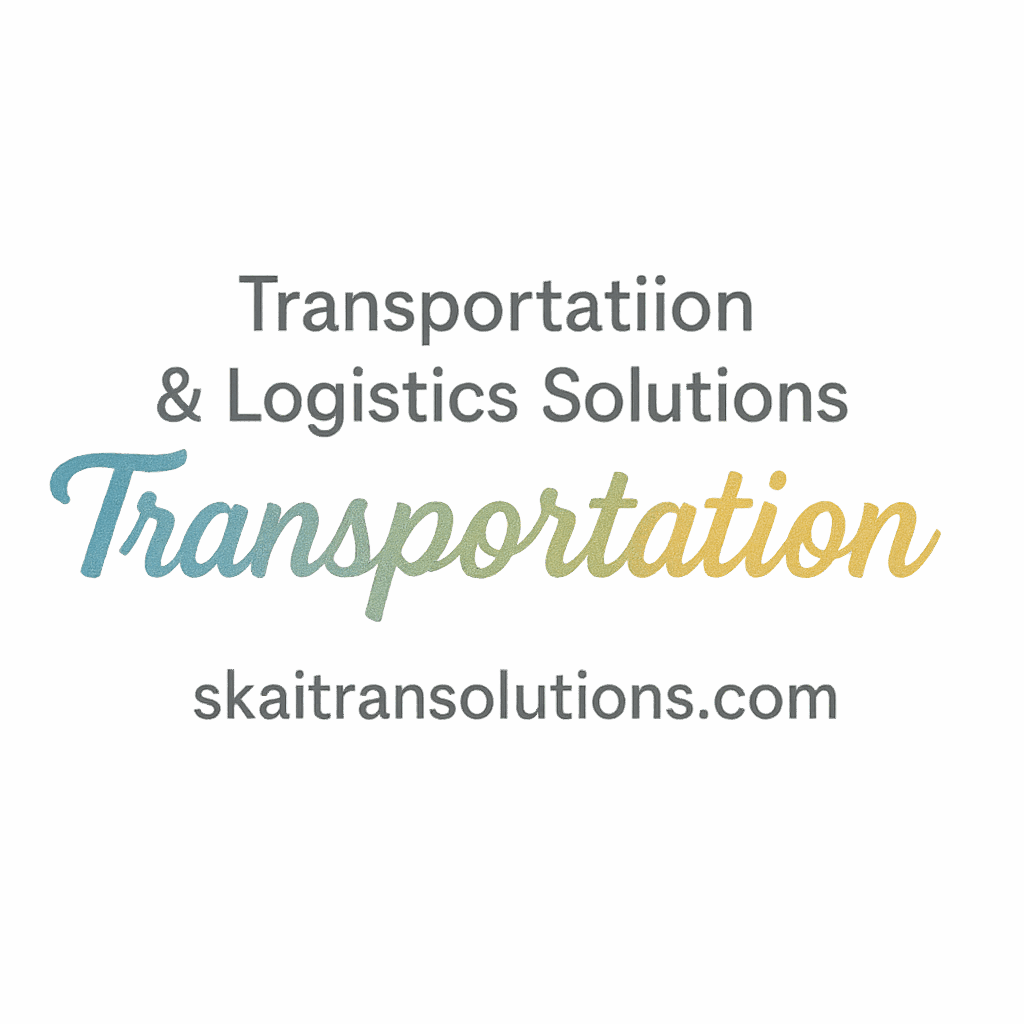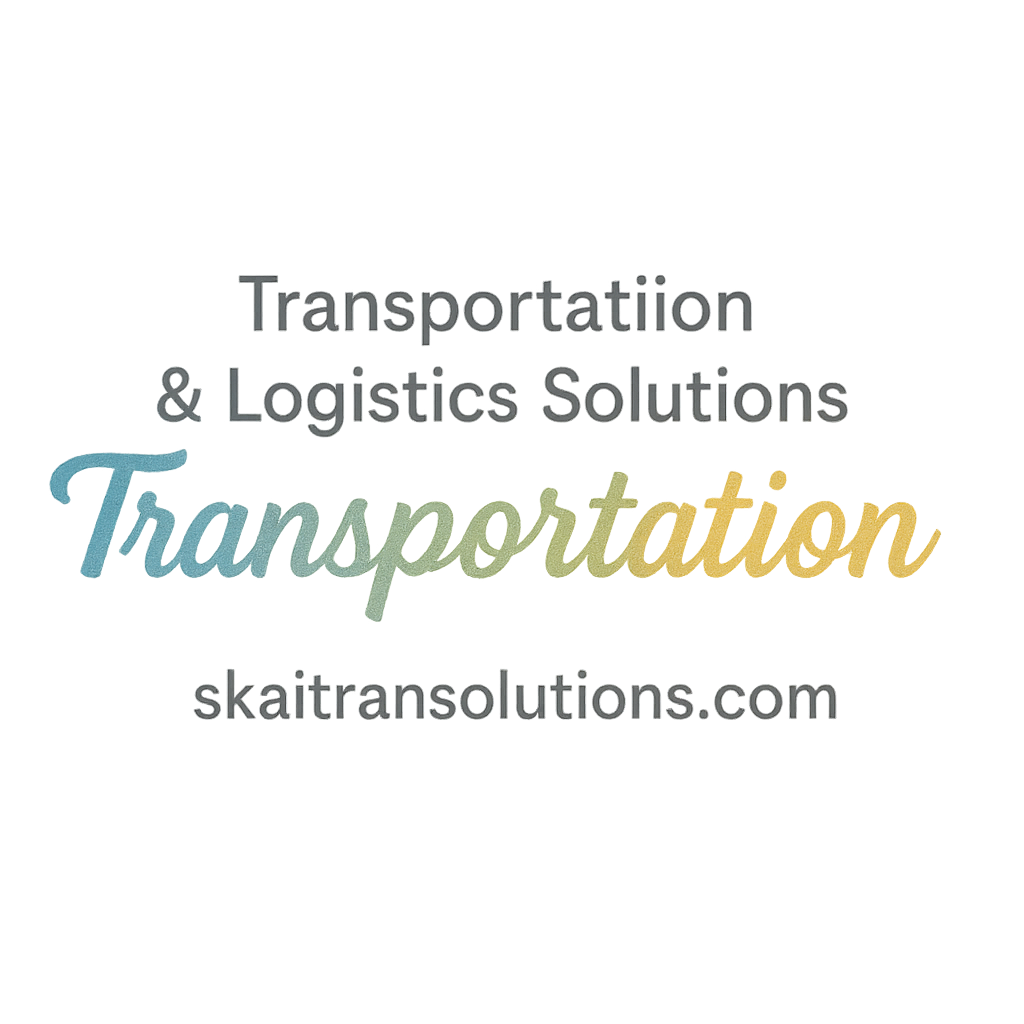Introduction: The Rise of Autonomous Transportation
Imagine cruising down a highway without touching the wheel, or getting a package delivered by a vehicle with no driver. That’s not science fiction anymore—it’s the real-world magic of autonomous transportation vehicles.
With AI and automation reshaping the transportation industry, autonomous vehicles (AVs) are quickly becoming mainstream. They’re revolutionizing how people and goods move, offering cost-reduction, safety, and better performance metrics across multiple industries.
Let’s take a deep dive into the 7 most impactful use cases for autonomous transportation vehicles, and explore how they’re driving transformation on roads, in warehouses, and even in the skies.
1. Autonomous Trucks in Long-Haul Freight
Transforming Supply Chains with Self-Driving Trucks
Autonomous trucks are redefining long-haul freight. These driverless giants travel thousands of miles across countries, reducing fatigue-related accidents and optimizing delivery timelines.
Companies are integrating self-driving trucks to support overloaded supply chains. By leveraging autonomous technology, carriers can meet rising demand, overcome driver shortages, and keep supply lines running 24/7.
Want to see real innovation in motion? Check out transportation technology innovation that’s making this possible.
Reducing Operational Costs & Increasing Efficiency
Long-haul autonomous trucks slash fuel usage with AI-optimized routing and reduce labor costs significantly. No more need for driver rest stops or overnight halts—machines don’t sleep!
Internal logistics benefit too, with fewer delays and predictable delivery schedules. Learn more about logistics and supply chain solutions that boost efficiency from start to finish.
2. Self-Driving Delivery Vans for Last-Mile Logistics
Meeting E-commerce Demand with Smart Vans
Ever ordered a product online and wished it arrived faster? Autonomous delivery vans are making that dream come true. They’re streamlining last-mile logistics, the trickiest and most expensive part of the delivery process.
From groceries to gadgets, self-driving vans reduce dependency on human couriers and promise faster, more accurate deliveries. With the e-commerce boom, this isn’t a luxury—it’s a necessity.
Enhancing Customer Experience & Safety
Smart delivery vehicles improve customer experience and safety by minimizing human error and tracking deliveries in real time. Fewer delays, less theft, and more satisfied customers—what’s not to love?
Dive deeper into customer experience & safety to see how automation helps businesses thrive.
3. Robo-Taxis for Urban Mobility
A Smart Alternative to Ridesharing Apps
What if you could hail a taxi with no driver? Robo-taxis—autonomous taxis—are rolling out in cities across the globe. These AVs offer a more sustainable, affordable, and intelligent way to commute.
Unlike traditional rideshare services, robo-taxis run on AI algorithms, optimizing routes and reducing traffic congestion through smarter coordination.
Visit transportation industry insights to stay ahead of these futuristic shifts.
Traffic Decongestion and Reduced Emissions
Robo-taxis, especially electric ones, significantly lower emissions and decongest city streets. They’re not just a cool tech gimmick—they’re helping cities breathe easier and move faster.
4. Autonomous Buses in Public Transportation
Improving Accessibility and Safety for All
Self-driving buses are emerging as game-changers in public transit, offering reliable schedules and increased accessibility, especially for the elderly and disabled.
They follow precise routes, avoid traffic accidents using AI-powered safety protocols, and remove the guesswork from commuting.
See how AVs contribute to safety inspections and redefine public confidence in transport.
Cost-Effective Transit for Growing Cities
Urban planners love autonomous buses. They reduce operational costs while offering scalable solutions to expanding cities. And yes, no driver shortages here either!

5. Autonomous Drones for Aerial Transport
Drones for Fast Parcel and Emergency Deliveries
Drones are not just toys anymore—they’re transforming transport. Autonomous aerial vehicles are now delivering urgent medical supplies, food, and parcels in remote or congested areas.
Imagine life-saving medicine dropped right to a village that’s hard to access by road. That’s the future AV drones promise.
Sky-High Efficiency in Supply Chain Management
These flying AVs ease warehouse loads, manage inventory levels faster, and reduce dependency on ground-based delivery.
Want to keep your logistics flying high? Explore strategy and supply chain trends that make it happen.
6. Autonomous Vehicles in Industrial Sites
Mining, Warehousing & Ports: A New Frontier
Industrial AVs are hard at work in warehouses, ports, and mines. These rugged machines operate in repetitive, hazardous conditions with minimal human supervision.
In mining, for example, AV trucks safely move tons of materials across rocky terrain, saving lives and reducing costs.
Improving Safety in High-Risk Environments
Human error is drastically minimized with AVs. In environments like chemical plants or shipyards, one mistake can mean disaster. Autonomous tech brings safety and compliance into sharp focus.
Check out operational best practices that keep industries running smarter and safer.
7. Autonomous Emergency & Service Vehicles
Life-Saving Dispatch in Crisis Situations
In emergencies, seconds count. Autonomous ambulances, fire trucks, and police cars can be dispatched faster, arrive more accurately, and navigate blocked roads better than humans.
AI maps alternative routes, avoids traffic jams, and reaches people faster than traditional methods.
Intelligent Routing for Fire, Police & Ambulances
These service AVs are integrated with real-time data systems and performance metrics, ensuring quick, intelligent, and optimized responses during critical events.
Want to dive into AVs in public safety? See our tagged content on vehicles and emergency strategies.
Challenges of Autonomous Transportation
Sure, AVs are cool—but they’re not without challenges. Legal liability, insurance issues, hacking risks, and unclear government policies all pose real threats.
There’s also the human element. Many people still hesitate to trust driverless technology, especially in chaotic traffic environments.
Explore how the industry addresses compliance, insurance, and ethical dilemmas with innovation at its core.
Future Outlook: What’s Next for Self-Driving Tech?
Expect the AV market to boom. From fleet automation to AI-controlled transport networks, the next decade will see massive growth and integration.
Companies will adopt AVs not just for novelty, but for measurable ROI—better KPIs, improved logistics, and more efficient urban planning.
Visit skaitransolutions.com to stay ahead of the curve and ride the autonomous wave with us.
Conclusion
Autonomous transportation vehicles are no longer a futuristic fantasy. They’re here, they’re changing everything, and they’re only getting better. From freight to emergency services, the use cases for autonomous vehicles are as diverse as they are impactful.
They save money, save time, and in some cases—save lives. Whether you’re in logistics, urban planning, or just a tech enthusiast, the AV revolution is one you don’t want to miss.
FAQs
1. Are autonomous vehicles completely safe?
Not yet 100%, but with AI, sensors, and constant upgrades, AVs are becoming safer than human drivers in many situations.
2. How do autonomous trucks reduce costs?
By cutting down on fuel waste, driver salaries, and idle time, autonomous trucks dramatically lower operational expenses.
3. Can AVs work in bad weather or poor roads?
Many AVs are now equipped with LiDAR and radar to operate in adverse conditions, though challenges remain in extreme weather.
4. What’s the role of AI in autonomous transportation?
AI powers route optimization, obstacle detection, and real-time decision-making—essentially acting as the brain of AVs.
5. Will AVs replace all delivery drivers?
Not immediately, but they’ll supplement and reduce the need for human drivers in repetitive or hazardous tasks.
6. How do autonomous vehicles help the environment?
They reduce emissions through better routing, less idling, and more fuel-efficient driving patterns.
7. Where can I learn more about autonomous transportation solutions?
Explore skaitransolutions.com and their expert insights on innovation, transportation, and more.


